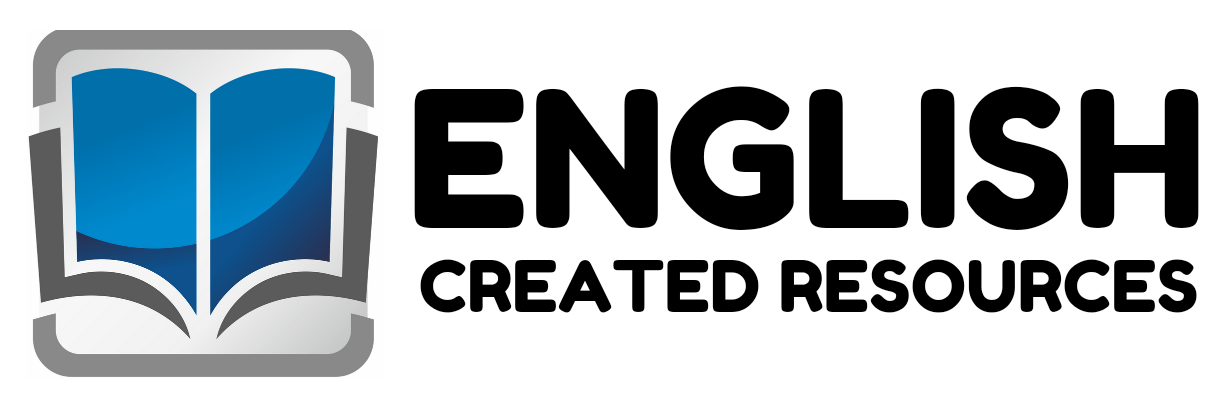Thanksgiving Turkey Numbers 1-10 Clip Cards

Thanksgiving Turkey Numbers 1-10 Clip Cards
Thanksgiving Turkey Numbers 1–10 Clip Cards are more than just a festive seasonal activity—they are a powerful early-learning tool that supports cognitive, motor, social, and emotional development in preschool children. At first glance, these clip cards appear simple: a turkey illustration, a numeral, and a set of quantities that the child must match using a clothespin or clip. However, behind this simplicity lies a wealth of educational value. These cards engage young minds through hands-on learning, provide opportunities for skill-building, and help children develop foundational math skills in an enjoyable, pressure-free way.
One of the most significant benefits of these clip cards is their role in building early numeracy skills, which are essential for future mathematical understanding. When preschool children use clip cards to identify numbers from 1 to 10, they begin to connect written numerals with real quantities. This process—known as number recognition and one-to-one correspondence—is a fundamental step in early math development. The turkey-themed visuals add an element of fun and familiarity during the Thanksgiving season, helping children stay interested and emotionally engaged. Because preschoolers learn best when they feel enthusiastic and secure, themed activities like these play a major role in strengthening their memory and confidence.
In addition to numeracy, Thanksgiving clip cards strongly support the development of fine motor skills. Preschool children often need practice strengthening the small muscles in their fingers, hands, and wrists, which are crucial for writing, drawing, buttoning clothing, and using tools. When children pinch a clothespin to mark the correct answer, they are exercising their pincer grasp and improving manual coordination. This type of hands-on, tactile learning is incredibly effective for young learners, because it combines cognitive thinking with physical action, making the learning experience more holistic.
Another major advantage of clip cards is their ability to encourage independent learning and decision-making. Preschool children thrive when they are given opportunities to choose, experiment, and solve problems on their own. Clip cards allow children to make choices independently, decide which number matches the picture, and check their own work. This fosters critical thinking, persistence, and self-confidence. When children feel capable of solving small tasks on their own, they become more motivated and eager to take on new challenges. Over time, they develop a positive attitude toward learning and become more resilient when faced with academic tasks.
Thanksgiving Turkey Number Clip Cards are also valuable for supporting visual discrimination, a key pre-reading skill. The ability to distinguish between shapes, symbols, and small visual details helps children later recognize letters, numbers, and words when they begin reading. Counting feathers, pumpkins, or small objects on the turkey cards forces children to pay close attention to detail. This not only helps them count more accurately but also prepares their brains for literacy development. Activities that combine visual cues with numerals help strengthen neural pathways that support overall academic growth.
Moreover, these clip cards can be used to teach social skills when incorporated into small-group or center-based activities. Many preschool classrooms rely on cooperative learning environments where children rotate through different learning stations. Clip cards fit perfectly into this structure. When children work together on clip cards, they learn how to take turns, communicate their ideas, help their peers, and respect each other’s perspectives. This type of collaborative learning builds empathy, cooperation, and classroom community. During Thanksgiving season—when values like gratitude and togetherness are emphasized—these cards reinforce both academic and social learning goals.
The Thanksgiving theme itself adds emotional and cultural value to the learning experience. Preschool children often need stories, themes, and traditions to help them make sense of time and the world around them. When they engage with activities featuring turkeys, fall colors, harvest symbols, and festive imagery, they begin to understand the meaning of seasonal celebrations. This exposure helps them develop cultural awareness, enhances their vocabulary, and builds connections between home and school. Teachers can use the clip cards to spark conversations about gratitude, family, kindness, and helping others—core values of the Thanksgiving holiday.
Additionally, these cards are extremely flexible and can be used in different learning styles and classroom environments. Teachers can adapt them for individual work, small-group learning, math centers, morning tubs, quiet-time activities, or even home practice. Some children may use them for simple number recognition, while others may use them for counting, comparing quantities, or practicing early addition skills. This adaptability makes Thanksgiving Turkey Number Clip Cards an excellent resource for differentiated instruction, allowing each child to learn at their own pace.
Furthermore, clip cards encourage multi-sensory learning, which is proven to help preschool children retain information more effectively. When children see the number, touch the clip, count the items, and hear instructions or feedback, they use multiple parts of the brain simultaneously. This multi-sensory approach deepens learning and supports children with diverse learning needs, including visual learners, kinesthetic learners, and children who benefit from hands-on interaction. Because learning becomes active rather than passive, children stay focused longer and develop stronger memory connections.
Finally, Thanksgiving Turkey Number Clip Cards contribute to creating a warm, inviting classroom atmosphere. Seasonal activities bring joy, excitement, and creativity into the learning environment. Preschool children love holiday-themed tasks because they feel special, festive, and different from everyday routines. When children enjoy what they are doing, they are more likely to participate, stay motivated, and form positive associations with learning. These positive feelings help build long-term academic confidence and enthusiasm.
Samples From the Activity












